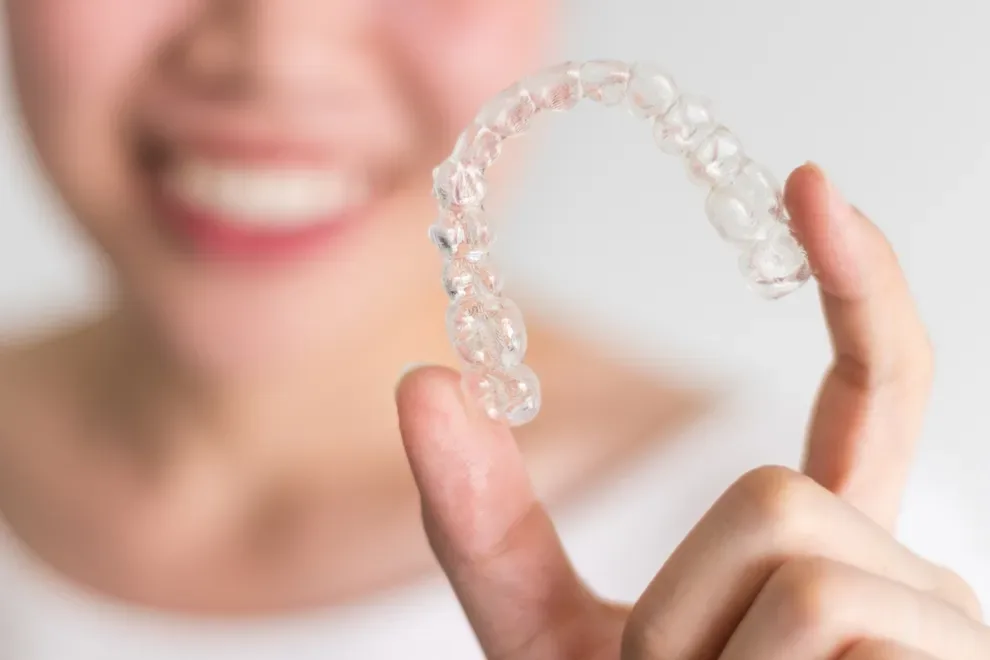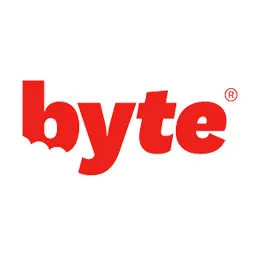Best Over-the-Counter Teeth Aligners: What to Know Before You Buy

Table of Contents
- How OTC Aligners Work
- Best OTC Aligners
- Issues with OTC Aligners
- Tips for OTC Aligners
- Why Consider OTC Aligners?
- What Makes OTC Aligners Different?
- How Much Do OTC Aligners Cost?
- Frequently Asked Questions
- OTC Aligner Treatment Process
Teeth aligners, like other medical devices, are now available over the counter and online.
Consumers do not need a prescription to have custom aligners made.
Ordering aligners online can be cheaper than getting aligners through an orthodontist, but people with complicated teeth issues should be wary of any over-the-counter options.
Why Consider Over-the-Counter Teeth Aligners?
Having crooked teeth can rob you of a great smile and negatively affect your self-esteem.
Fortunately, there are different ways of straightening your teeth. One of them is to use over-the-counter (OTC) teeth aligners.
Although shopping for aligners is not what dentists and orthodontists recommend, consumers are migrating to do-it-yourself fixes for conditions like malocclusion, a condition that leads to the misalignment of teeth.
So much of the world’s consumer economy is online, particularly on Amazon and Alibaba, that it’s no surprise that medical devices like teeth aligners have migrated there.
Let’s take a look at your options and what to be aware of if you decide to by your aligners over the counter.
How Do OTC Teeth Aligners Work?
First things first: Yes, you can buy teeth aligners without a dentist’s prescription. Teeth aligners are thin, transparent tray-like equipment you wear over your teeth to help realign crooked teeth.
Aligners work by applying gentle force to your teeth, slowly shifting them to the preferred position. They work the same as braces.
When acquiring OTC aligners, the company you pick will provide a molding kit. After you receive the kit, you will create teeth impressions with the mold and return them back. Your mold company will make the teeth aligners using thermoplastic materials.
Many companies use computer-aided technology software when creating the aligners. On completion, they will send the newly made OTC aligners to you.
What Makes OTC Aligners Different?
Some types of aligners, including Invisalign, are administered by orthodontists in a series of appointments. OTC aligners are often doctor directed, in that a professional creates your treatment plan and monitors your progress. However, you administer your program at home by following your doctor’s instructions.
In a study published in the Journal of the American Dental Association in 2020, researchers found that about half of respondents consulted a dentist before purchasing aligners. In those appointments, the dentist most often recommended an in-person treatment plan. Of those who chose OTC aligners instead, 87.5% were happy with that choice.
Researchers point out that aligners were originally developed to treat minor tooth problems only (such as crowding or crookedness). However, aligners that use bonded resin attachments on the teeth (such as those administered in an office) can often treat complex cases that at-home aligners can’t touch.
How Do Over-the-Counter Teeth Aligners Work? The Process
If you’re hoping to use over-the-counter teeth aligners to improve your bite and your smile, it could be helpful to determine how the entire treatment process works. While every company is a little different, most follow the same basic steps.
A typical OTC aligner treatment process works like this:
You choose a treatment provider that’s right for you, your budget, and your smile.
You take impressions of your teeth using the kit the team provides.
Your treatment provider uses the impressions to determine a treatment program (which might include a 3D model of what your smile would look like after care concludes).
You approve of the treatment plan.
Your provider sends you a series of aligners and detailed instructions.
You will wear your aligners as directed, including changing them for new versions when your doctor says it’s time to do so.
You will wear retainers when your treatment is done.
How Much Do OTC Aligners Cost?
OTC aligners are often much less expensive than traditional tooth-straightening methods. For example, Consumer Affairs says OTC options typically cost between $1,000 and $3,000. However, in-office aligners can come with a price tag of up to $8,500 or more, depending on your treatment needs.
Some OTC companies have hidden fees to be aware of. For example, you might be charged extra for broken trays, long treatment time frames, or retainers. It’s important to dig into those details before you sign up with a company.
Best OTC Aligners
Many teeth aligners exist in the market today. Not all are effective or approved for use as OTC teeth aligners.
The U.S. Food and Drug Administration (FDA) considers sequential aligners Class 2 devices that require a 510(k) Clearance to be legally manufactured and distributed. Many brands have this clearance, including:
Byte
Invisalign
ClearCorrect
SureSmile
SmileDirectClub
Potential Issues with OTC Aligners
Many people prefer over-the-counter teeth aligners to doctor-directed ones. That’s because they are convenient and more affordable. But at-home products could harm your dental health.
You might experience the following issues while using OTC aligners:
Tips for OTC Aligners
It will take time before over-the-counter teeth aligners straighten your teeth. The process is slow but progressive and effective — but only if you follow instructions to the letter. Tips that can improve the success of your OTC aligners include:
Clean your OTC aligners. Do this regularly and use the right cleaning product. Avoid toothpaste as it can scratch the plastic.
Change your aligners. Wear OTC aligners for no more than two weeks. Don’t change them too early or too late, which could prolong the treatment time.
Repetition builds perfection. You will find it difficult to speak with an aligner on your teeth at first, but it will get easier with time.
Clean your teeth. Always brush your teeth before putting on the OTC teeth aligners. Doing so will protect your teeth from diseases resulting from wearing aligners.
